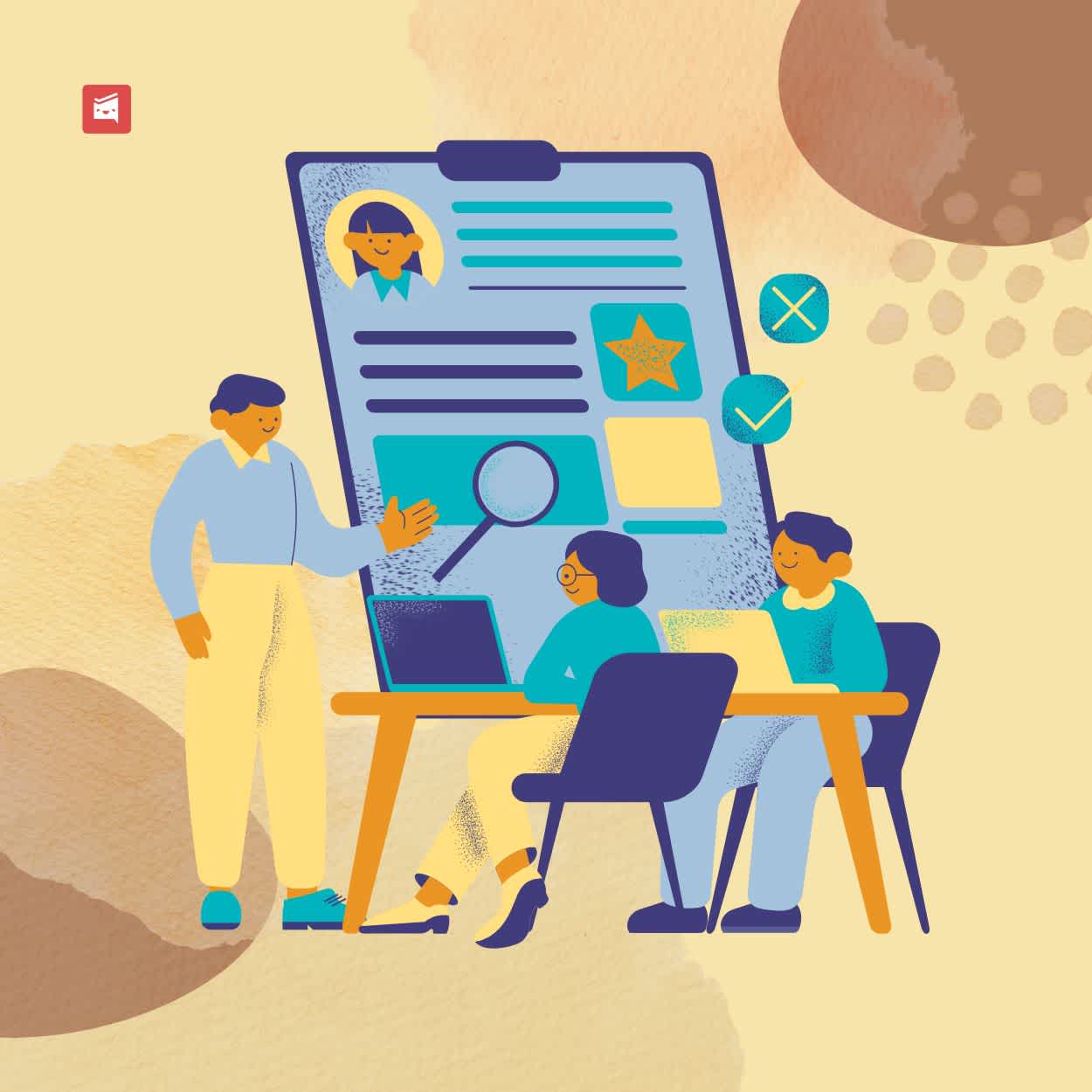Bringing Clarity to HR Processes With the Right Tools
ByJulian Gette
Workast publisher

Workast publisher
HR teams carry the responsibility of managing payroll, benefits, compliance, and employee engagement. Each of these areas influences the stability of the workforce and the trust employees place in leadership. Without the right tools, these processes can feel fragmented and difficult to manage. When systems are connected and easy to use, HR work becomes more transparent, consistent, and effective. To learn more about how modern solutions support these outcomes, you can visit website resources that explain how organizations implement them.
This article outlines how the right tools bring clarity to HR processes and why this clarity matters for both employees and leadership.
A major challenge in HR is dealing with scattered information. Payroll may sit in one system, performance reviews in another, and training records in a third. This fragmentation makes it harder to see the full picture. Managers may rely on outdated files or manual updates, which can cause errors.
A centralized platform helps solve this problem. By placing employee data in one place, HR teams reduce duplication and improve accuracy. Decisions are drawn from current records, not incomplete reports. This structure allows both HR and managers to work with confidence.
Centralized systems also make data easier to update. When an employee changes roles, updates their address, or completes training, the record reflects those changes across all connected processes. This accuracy ensures that payroll, compliance, and development plans all align with reality.
Employees expect fairness when it comes to policies, promotions, and performance reviews. When HR processes are unclear or inconsistent, trust suffers. The right tools guide each step and ensure that decisions follow the same structure across teams.
For example, a performance review platform can provide consistent templates and rating systems. Time-off requests can be processed through a shared system with clear rules. This clarity reduces bias, improves communication, and helps employees feel that policies apply evenly.
Consistency also matters for hiring and onboarding. Tools that standardize application tracking, candidate evaluation, and orientation ensure that every new hire experiences the same process. This not only builds trust but also strengthens the employer brand.
Compliance requirements place a heavy load on HR. Records must be accurate, deadlines must be met, and audits must show that policies are followed. Tracking these requirements manually increases the chance of mistakes.
Modern tools support compliance by organizing documents and setting reminders for deadlines. They keep training records in order and ensure policy acknowledgments are logged. By automating these tasks, HR teams spend less time chasing paperwork and more time focusing on employee needs.
For global or multi-state organizations, compliance becomes even more complex. Employment laws vary by location, and regulations change frequently. With the right systems in place, HR teams can adjust workflows to match local requirements while keeping all records consistent. This flexibility reduces risk and builds confidence during audits or inspections.
Clarity in HR processes also benefits employees directly. When systems are simple to use, employees can handle many tasks on their own. They can update personal information, submit time-off requests, and check their benefits without waiting on HR staff.
This self-service approach improves the employee experience. It reduces delays, increases transparency, and helps employees feel in control of their own information. At the same time, it lightens the workload for HR teams.
When employees trust the systems they use, they are more likely to stay engaged. Frustration with unclear policies or outdated tools can weaken morale. Clear, reliable platforms reduce that frustration and make daily interactions smoother.
Leaders need data to guide decisions about hiring, retention, and development. Without the right tools, they often rely on guesswork or fragmented reports. This creates risk, especially when planning for growth or change.
Integrated HR systems provide clear insights by connecting employee data with organizational goals. Leaders can view turnover patterns, engagement levels, or training completion rates in real time. This allows them to make decisions based on evidence, not assumptions.
Better insights also help leaders evaluate the impact of their policies. For example, if engagement scores rise after a new recognition program, the data confirms its value. If turnover decreases after onboarding improvements, leaders know that change worked. This clarity supports smarter planning and resource allocation.
As remote and hybrid work models grow, clarity in HR processes becomes even more important. When employees are spread across locations, inconsistent systems create confusion. The right tools ensure that policies and processes apply evenly across the workforce.
Remote employees can access the same information, complete the same forms, and receive the same updates as those in the office. This consistency strengthens culture and reduces the risk of miscommunication.
The right systems also help track engagement in remote settings. Without physical presence, it is harder to see morale shifts. Digital platforms give employees simple ways to share input and make it visible to managers. This feedback loop helps HR respond before issues affect retention or performance.
When HR processes are clear, employees understand how decisions are made. This builds transparency across the organization. Transparency reduces speculation and helps employees feel that their workplace operates fairly.
The right tools support this culture by making information accessible. Employees can track requests, view policies, and see updates without relying on verbal explanations. Managers can point to clear guidelines rather than making decisions in isolation. Over time, this openness builds trust and strengthens relationships between employees and leadership.
Clarity in HR processes helps employees feel secure and leaders make informed decisions. The right tools centralize data, support fairness, simplify compliance, and improve the overall employee experience. They also provide leaders with accurate insights, support remote teams, and create a culture of transparency.
In a time when workforce stability depends on trust and accountability, these systems are no longer optional. They provide the structure that allows HR to focus on people rather than paperwork. When organizations bring clarity to their processes, they create a foundation where both employees and leadership can thrive.
